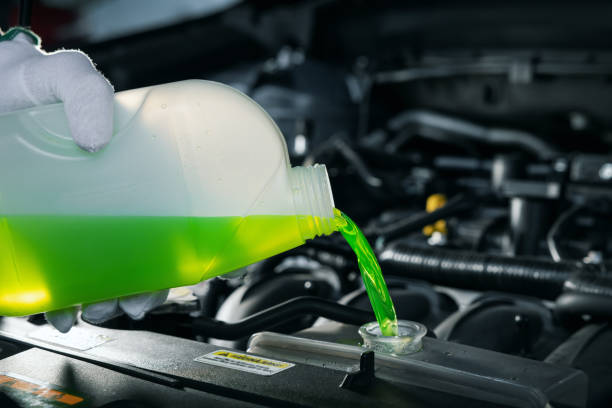Coolant, also known as antifreeze, is often used to protect automobile engines and radiators and is essential for the proper functioning of water-cooled engines. While it plays a crucial role in automotive operation, foaming is a common occurrence during the production process due to the effects of surfactants and certain components.
Experienced experts believe that adding a defoamer can eliminate foam and maximize the coolant's effectiveness. However, some remain puzzling: Why are coolant defoamers so effective at removing foam? How do they work? Let's delve into the secrets below.

Defoaming Ingredients
Defoamers are primarily composed of special modified polyethers. These chemicals possess excellent water solubility and diffusivity, quickly dissolving into the coolant and eliminating foam. Furthermore, they are chemically stable and resistant to volatility and changes, effectively suppressing foaming for extended periods without generating impurities. Furthermore, it is a silicone-free defoamer. During the defoaming and foam suppression process, it does not leave oil stains or other grime on the interior walls of engines and other equipment. Therefore, it is not only used in the coolant industry but is also widely used in cleaning applications such as automatic cleaning machines and industrial washers.
Defoaming Principle
Coolant foaming is primarily caused by overactive auxiliary additives and the influx of air during machine operation. Coolant defoamers work by modifying the surface tension of the foam, targeting the cause of the foam. Their excellent diffusion and permeability allow them to easily penetrate the coolant and foam. Through internal and external interaction, they rapidly thin the foam film to its breaking point, thereby destroying the foam structure. Furthermore, they form a thin film on the liquid surface, effectively preventing air-induced foaming and thus providing long-term foam suppression.

